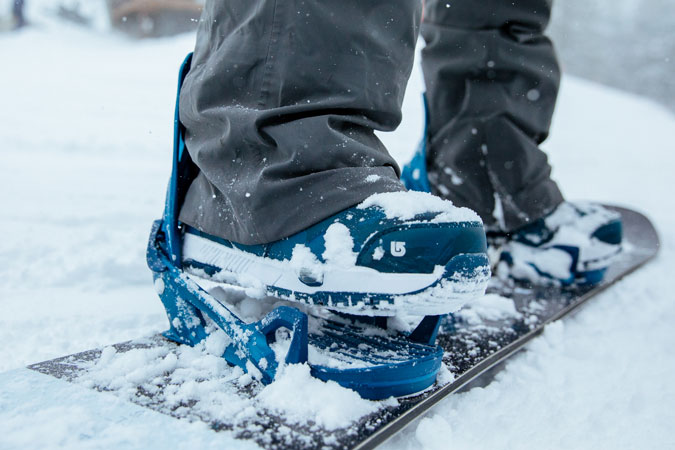ADDIT·ION, a Design for Additive Manufacturing (DfAM) focused service provider based in Barcelona, has partnered with Swiss action sports company Nidecker Group and its snowboard-focused subsidiary NOW to develop a 3D printed snowboard binding.
Leveraging its 3D printing and artificial intelligence design capabilities, Addit-ion helped to optimize the binding’s performance. Both NOW and Nidecker Group provided their extensive knowledge of snowboard bindings, alongside NOW’s patented Skate Tech technology.
“With powder based printing technologies, you don’t need any support material, and you can print almost any desired shape,” explained Oriol Massanes, an artificial intelligence expert at Addit-ion.
“This gave the algorithm absolute freedom to think out the best outcome without any manufacturing constraints.”

3D printing in snowboarding
Founded in 2018, Addit-ion is a company offering design, engineering and manufacturing services in 3D printing. Examples of Addit-ion’s work includes a customized design of a prosthetic leg cover for the Print My Leg prosthetics digital platform.
The company has also 3D printed a number of components for the automotive industry, including an air intake and distribution system with optimized fluid dynamics. Alongside its design and manufacturing services, Addit-ion also offers training and workshops, and generative design and topology optimization services.
Seeking to create a responsive snowboard binding with optimized turning, NOW and Nidecker Group sought the additive manufacturing services of Addit-ion. Snowboard bindings are the interfaces connecting the rider to the board, where the feet are placed.
3D printing has been used previously to help manufacture bindings with improved performance and usability. For example, Snowboard brand Burton used 3D printing to develop a step-in system for snowboard bindings, that required no straps.
3D printing has also been applied to other aspects of snowboarding as well. In 2018 snowboard manufacturers CAPiTA used 3D printing to manufacture a stronger sidewall, the area along the edge of a snowboard.

Optimizing the snowboard binding performance
In order for Addit-ion, NOW and Nidecker Group to create an optimized binding, the product had to be designed to provide maximum stiffness with the lowest possible mass. Together the partners built a load case to emulate the stress that bindings undergo during aggressive carving and turning. After this, a minimal mechanical representation of Skate Tech was used to create a shape around the load case using generative design software from multinational software company Autodesk. Skate Tech is binding technology from NOW that aims to mimic the movement of skateboards.
From processing the design through Autodesk’s software, the partners ended up with various different outcomes to compare, constructed with different materials and technologies. It was concluded after relevant simulation and analysis that PA12 and powder-based 3D printing would be the best method to construct the binding. The designers also note that, with 3D printing, it is possible to customize and re-design different parts of the binding according to the user.
“This concept binding Is the starting point towards the new paradigm of sports gear, where optimization algorithms and mass customization will grant unique and tailor-fit products for every specific need”, suggests Saulo Armas, Co-funder of Addit-ion.
Subscribe to the 3D Printing Industry newsletter for the latest news in additive manufacturing. You can also stay connected by following us on Twitter and liking us on Facebook.
Looking for a career in additive manufacturing? Visit 3D Printing Jobs for a selection of roles in the industry.
Featured image shows 3D printed binding. Photo via Nidecker Group/ADDIT·ION.

